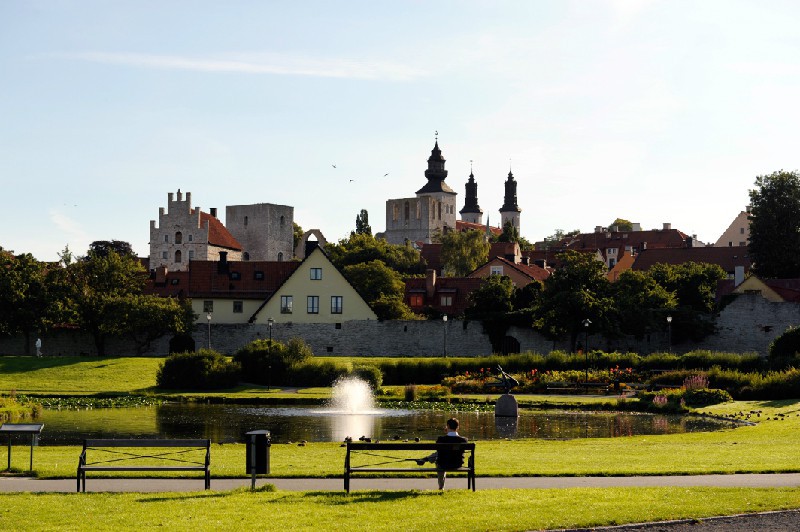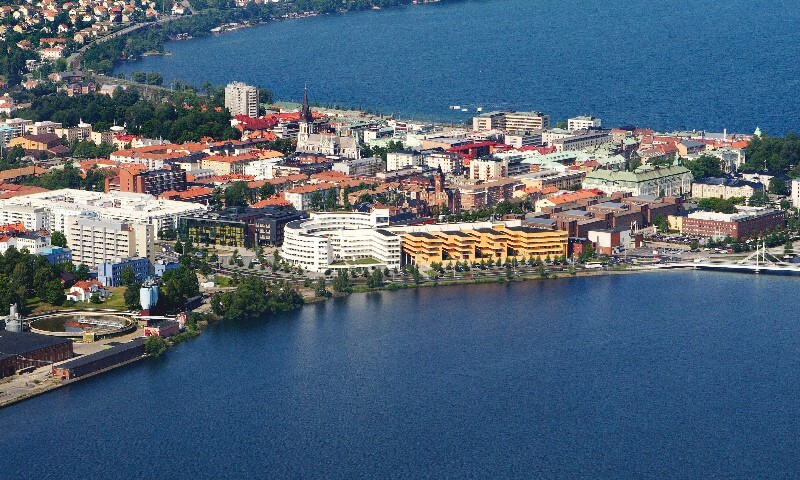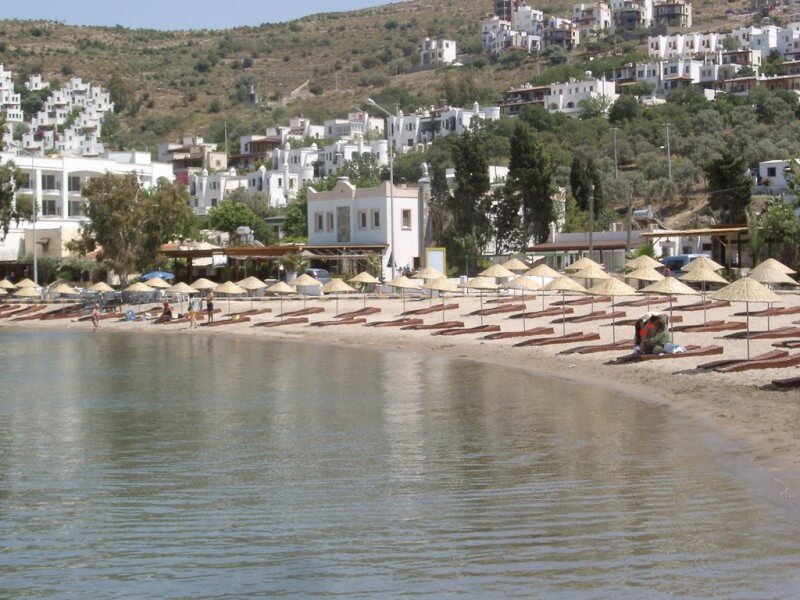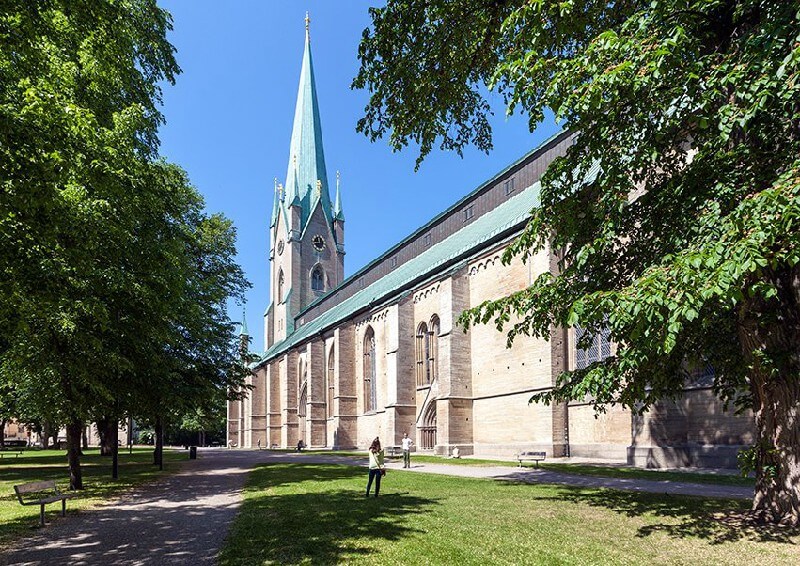Information about Visby in Sweden
Rating: 8,3/10 (257 votes) 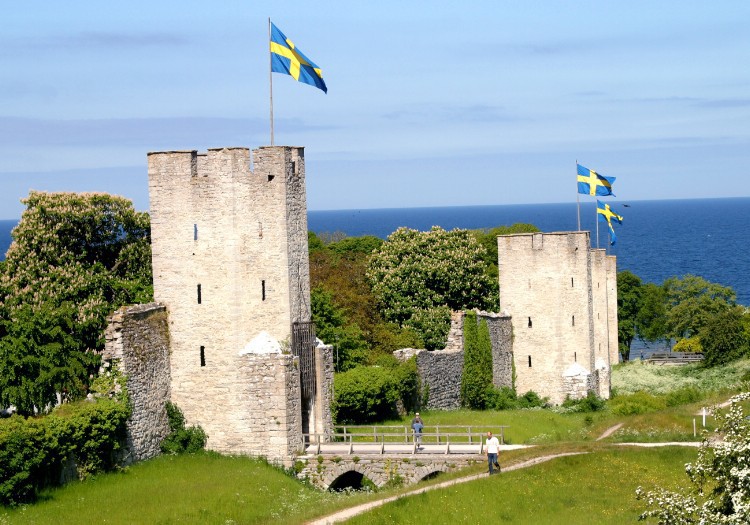 Visby is one of a relatively small list of cities that are fully recognized by UNESCO as World Heritage Sites of Humanity. For this reason, the city has a high annual influx of tourists from all over the world. Visby is home to unique medieval architecture, including small churches and stone defenses. In addition to excursion tourism, classic tours are popular here, designed to get to know Sweden and stay in the atmosphere of a quiet sea city. Accommodation is organized in small buildings of hotel complexes, most of which are scattered near the main port. In the summer, Swedes often come to Visby for a beach holiday - there are several rocky and small sandy beaches in the vicinity of the city. The main attraction and the official symbol of the city is Visby Fortress Wall. It was erected in the XIV century, and the first mention of it dates back to the XII century. The wall at first served as a defensive point against sea pirates, who regularly attacked merchant ships sailing from Novgorod. Later, observation and fire towers were created here to protect against German knights. The total number of towers by the 15th century was 44 units, which have survived in various states to this day. The fortress wall is still the border of the city, and the main gate is the central entrance to Visby.  The second most important historical building in Visby is the Cathedral of the Virgin Mary. The Cathedral was fully completed already at the beginning of the 13th century, when it was a simple church in the classical Romanesque style. During its centuries-old history, the church was completed, and now this building is a mixture of Romanesque and early Gothic styles. After a global reconstruction of the interior in 1984, daily services began to be held in the Cathedral again. During breaks, the temple is open for excursions. Of the modern attractions of Visby, the Botanical Garden is in the first place among tourists. The garden is a full-fledged quarter of the old part of Visby, trees, flowers and shrubs grow in the open air against the backdrop of one-story residential buildings and several destroyed towers of the City Wall. The borders of the Botanical Garden are an old wall, densely overgrown with ivy. After getting acquainted with the general architecture of the city and a number of historical buildings, you can go to the main museum of the island - Museum of Gotlandic Antiquities. The exposition of the museum is dedicated to the oldest period in the history of the island. The specimens collected here are the result of many years of excavations involving the world's leading archaeologists.  We also recommend reading Information about Kotka in Finland Topic: Information about Visby in Sweden. |
